Gardening Q&A
-
Fall 2025 California Bountiful magazine
Here are a few seasonal gardening questions our California Bountiful readers submitted to gardening expert Pat Rubin.
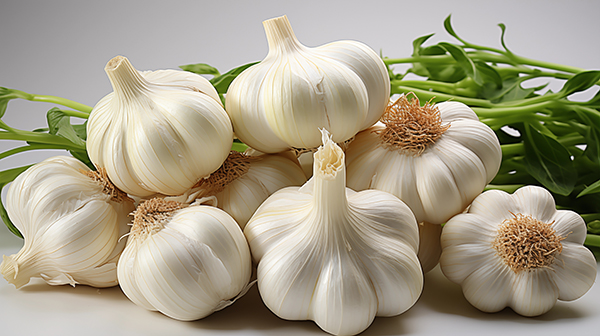
Is elephant garlic a real garlic?
No. Elephant garlic is more closely related to onions. It has a mild garlic taste and can be used the same way you use garlic. Some people prefer it because of its milder flavor.
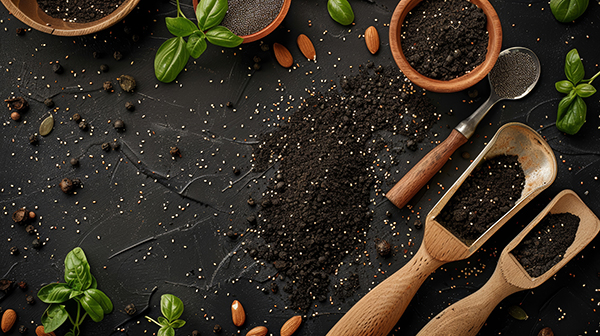
What seeds can I scatter for spring and summer flowers?
You can scatter almost any flower you love, including poppies, snapdragons, zinnias, cosmos and marigolds. The list goes on. Seed packets for many spring and summer flowers will tell you to sow the seed after all danger of frost has passed. But what does Mother Nature do? Those plants go to seed at the end of their growing season, lie asleep all winter and wake up in nicer weather. I’ve had snapdragons reseeding themselves all throughout the vegetable garden for years. This year, I found pink snapdragons growing among the tomato plants.
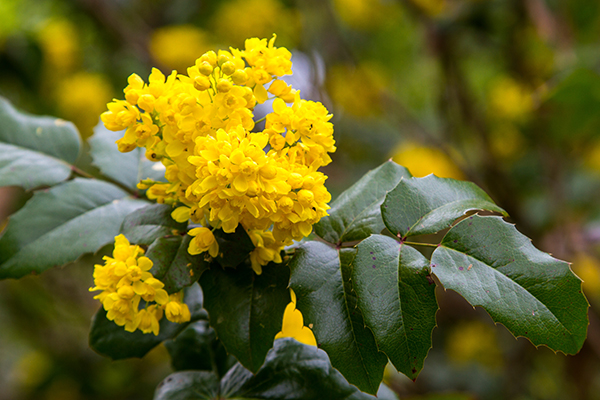
Can you recommend some winter flowering plants?
Many plants bloom in the winter. Here are a few: camellias, daphne, viburnum, hellebores, daffodils, witch hazel and Oregon grape. Do a little research online or talk to your garden center pros and you’ll find the winter season full of flowering trees, shrubs and bulbs.
-
Summer 2025 California Bountiful magazine
As a California Bountiful reader, you have the opportunity to get your seasonal gardening questions answered by gardening expert Pat Rubin. Here are a few questions from our readers.
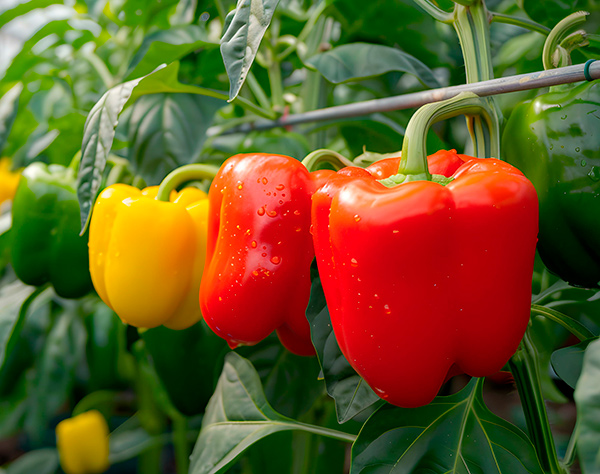
Do green bell peppers turn red, orange or yellow?
Yes, depending on the variety. Green bell peppers are the least ripe. As the pepper matures, it turns color and becomes much sweeter.
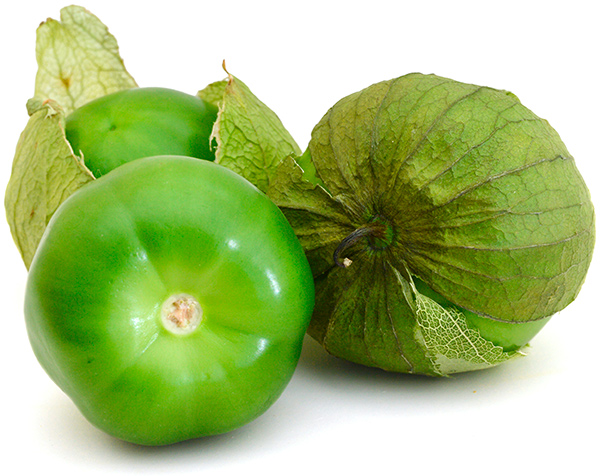
What is the difference between a husk tomato and a tomatillo?
Like tomatoes, they both are members of the nightshade family. Husk tomatoes are small, about 1 or 2 inches wide, while tomatillos can be up to 3 inches. They also differ in color and taste: Husk tomatoes are slightly sweet while tomatillos are tarter.
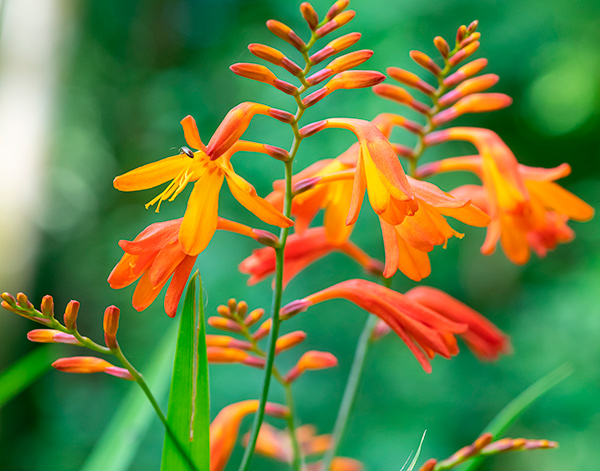
I have a bulb kind of plant in the garden and the leaves are like an iris. The flowers are orange and they are pretty but the plant is taking over the garden. Can you tell me what it is?
I know exactly what you’re describing: crocosmia. It’s a corm, produces gladioli-like foliage and has bright orange, red or yellow flowers—and it is a thug in the garden! It spreads and multiplies. Of course, you could spray the plants with an herbicide, but that wouldn’t be my choice. I, too, have battled crocosmia in the garden, and my solution was to let the plants bloom each year because the flowers are beautiful, and then I pull the plants out of the ground. I try every year to pull more and more out. It takes patience but it works.
-
Spring 2025 California Bountiful magazine
As a California Bountiful reader, you have the opportunity to get your seasonal gardening questions answered by gardening expert Pat Rubin. Here are a few questions from our readers.
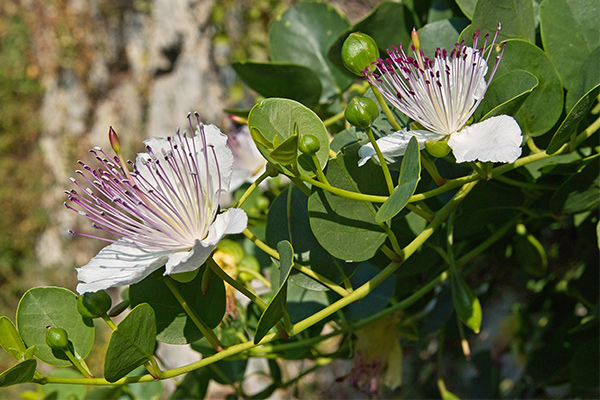
What are capers and how do I grow them?
If you live in a climate where olive trees can grow, you can grow capers. The edible part is the unopened flower buds of Capparis spinosa. The shrub grows to about 3 feet high and as wide. It can take full sun and plenty of heat but will not tolerate temperatures below about 15 degrees. The buds are salted and pickled and used as a condiment.
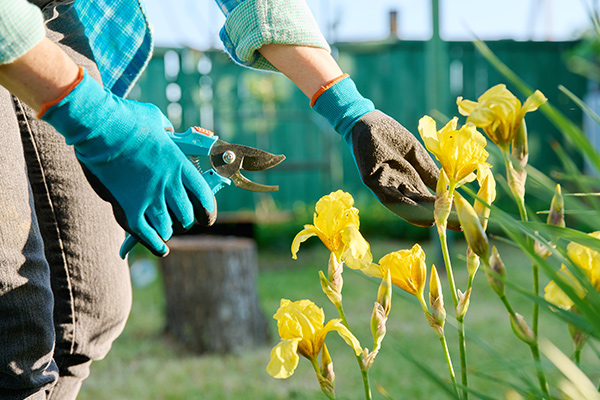
My irises are beautiful at the moment, but every year they get really messy looking for the summer. When can I cut them back?
Come July, irises need to be cut to the ground. This is also a good time to thin or divide them. I keep my irises deadheaded all during the flowering season and cut away the flowering stems once they are finished. When the leaves start to look messy, I cut them back. I often have to cut them back a second time, especially if they are grown with very little water.
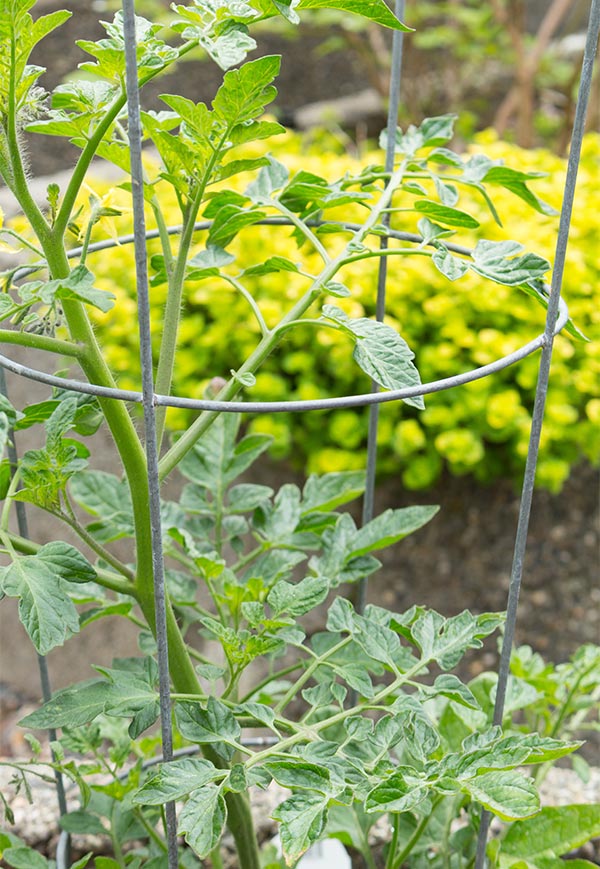
Where can I find tomato cages that actually keep the tomato caged?
For years garden centers and stores have sold short wedge-shaped cages for tomatoes and the tomatoes outgrow those things in about two months. I use those small cages for eggplant, peppers, basil and other smaller garden plants. Garden supply manufacturers have gotten much savvier about what tomato plants need and now there are plenty of strong, tall cages on the market. You can also make your own. Some people use stakes and string, while others make wire cages.

